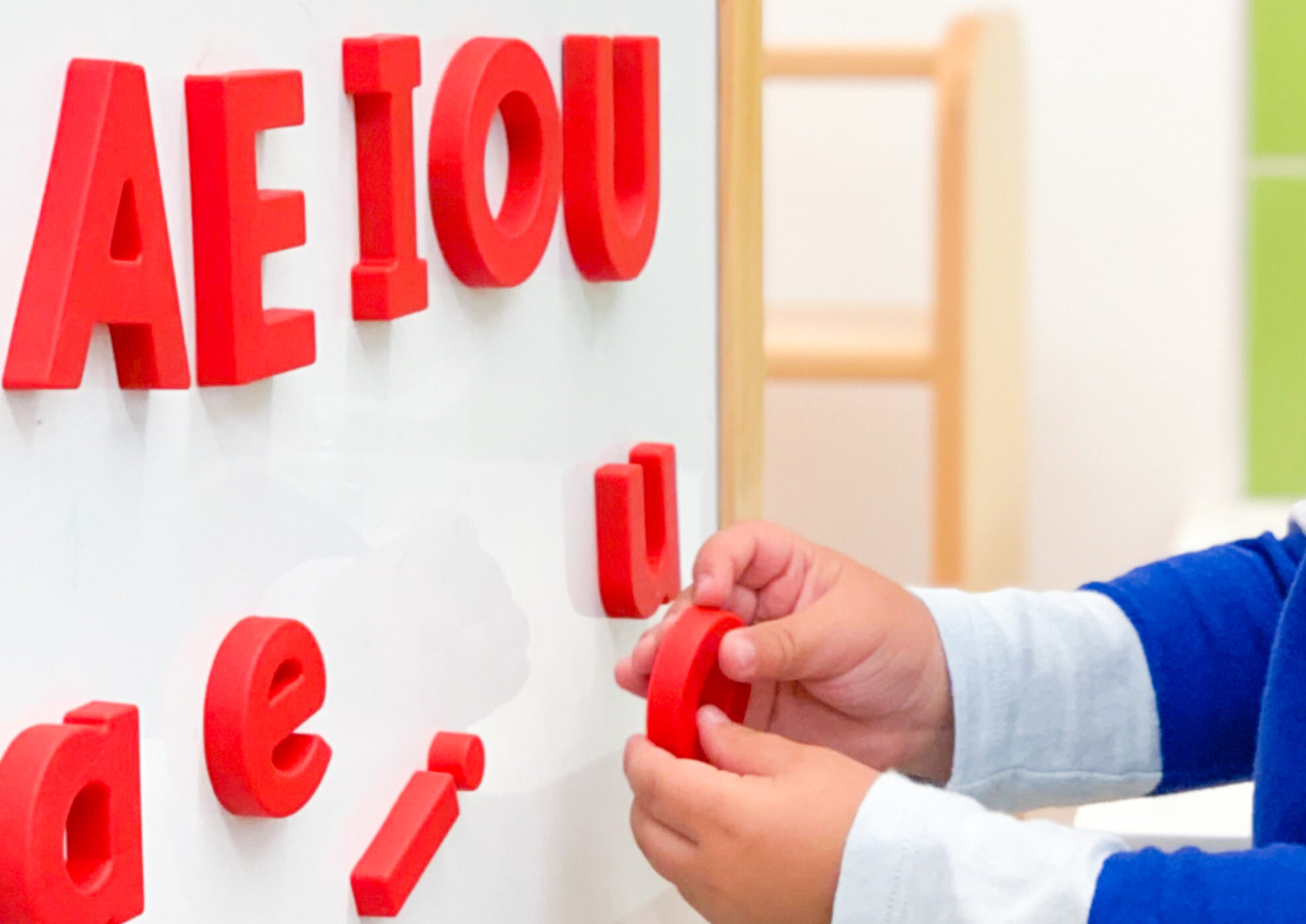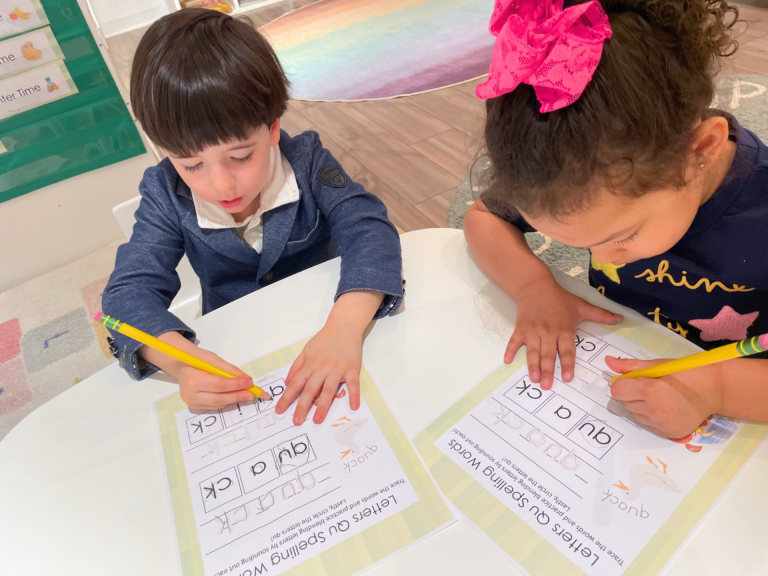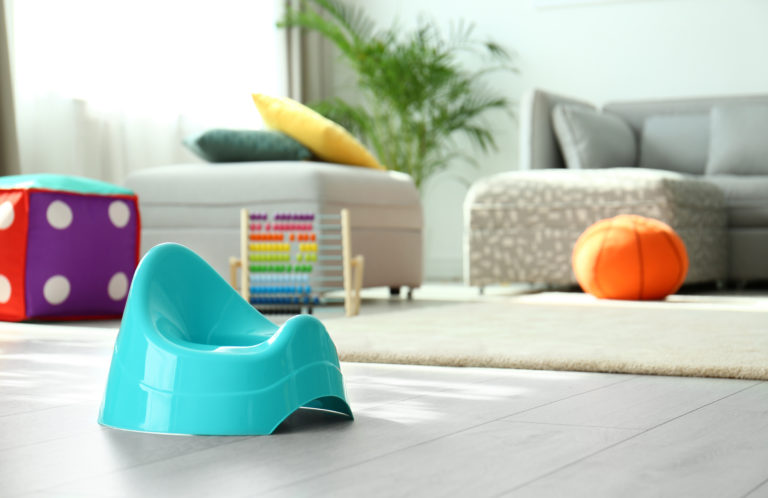Preparing Instruction for Special Needs Homeschool

Homeschooling your little one with special learning needs has many benefits for both you and your little one, but there can be a lot that goes into preparing to be their teacher. One important aspect is daily class instruction; odds are you have chosen homeschooling for your little one because a traditional classroom setting and instruction just isn’t the best fit for them. A homeschool classroom allows for teaching styles that work for your little one, finding activities that they engage with, and having a schedule that can be adjusted as needed. And we here at Playgarden Prep have some tips for how to prepare so your little one can get the most out of homeschool instruction!
Teaching Methods for Your Little One
Every child learns in their own way, and homeschooling allows for you and your little one to discover exactly how they learn best! Sometimes introducing topics through activities they find engaging can help inspire focus and interest in the subject. Some methods include:
- Introducing topics of learning before you’re in the classroom. Providing your little one with background knowledge about a topic they are going to learn allows them to relate with their own experiences. For example, if you are going to be learning about the ocean, take your little one to an aquarium or read books featuring sea creatures. The more dots they can connect for themselves, the more connected they will feel to the material!
- Starting large and getting small. For example, practice the alphabet song, and maybe the phonetic alphabet as well, before working on each letter and its sound individually.
- Making big things smaller. Little ones with special learning needs can get overwhelmed with an influx of new material. Dividing more challenging lessons into smaller chunks and taking breaks to review material that they already know can help build their confidence when it comes to tackling the more challenging material next time.
Multi-Sensory Activities
Little ones with special learning needs can find it difficult to sit for long periods of time, which is one reason a traditional classroom setting can be tough for them. The advantages of homeschooling include teaching methods or activities you may not see in a traditional classroom. Interactive instruction – as opposed to “stand and deliver” – prove more engaging for little ones with special learning needs. You can always include videos and pictures as learning aids. Other activities can include but are not limited to:
- Cooking or baking in the kitchen
- Sensory exploration outside or in a bathtub (water, sand, etc.)
- Field trips to sensory-friendly spaces (aquarium, museums, etc.)
Schedule Adjustments
Lessons and the amount of time spent with each lesson can vary based on your little one’s ability to stay engaged that day. If work on a certain topic or lesson needs more time, it is totally fine to take that time. If your little one is not as interested in a lesson, shorten it and move on in an effort to get them engaged again. Maybe they (and you) had a tough night with little sleep, or there was a doctor’s appointment that took up a lot of the day. Make your instruction for homeschooling work for where you each are that day. Sometimes that can look like a day full of learning through play, or it can look like watching educational videos on the couch together.
As we slowly move into a new school year, Playgarden wishes you happy homeschooling and happy learning!
Popular


Hi, I'm Miss Julia!
Miss Julia has been an early childhood educator for 5 years, with over 10 years of experience working in childcare. She has been teaching at Playgarden Prep since 2017, and is happy to share ideas on some of her favorite early education topics with you! Miss Julia has a BA from UC Irvine, and uses her experience in performing arts to inspire little ones every day in her enrichment classes at Playgarden. In her free time, Miss Julia loves enjoying nature, cooking, and creating with friends.






